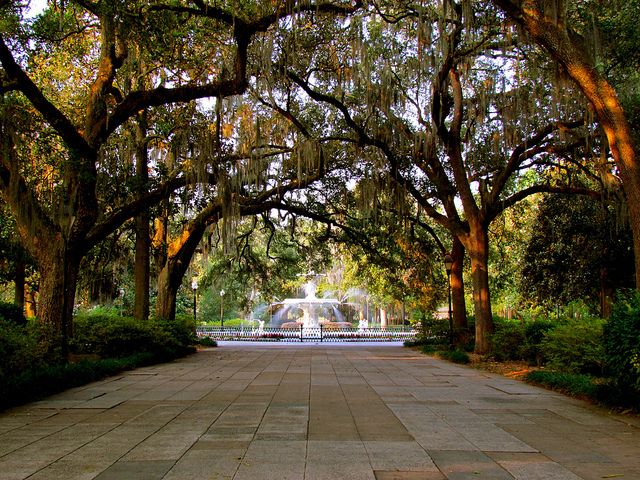By Johnny Kampis
Savannah city leaders are moving forward with a plan that could create a municipal broadband network in the coastal Georgia city.
What’s curious about the move is it comes on the heels of an announcement by Comcast that it will bring a super-high-speed network to Savannah beginning later this year.
The company’s Comcast Business division revealed in March that it will begin construction of a fiber-optic network in the third quarter of the year to bring download speeds of up to 10 gigabits per second to businesses, colleges and government agencies. Continue reading







